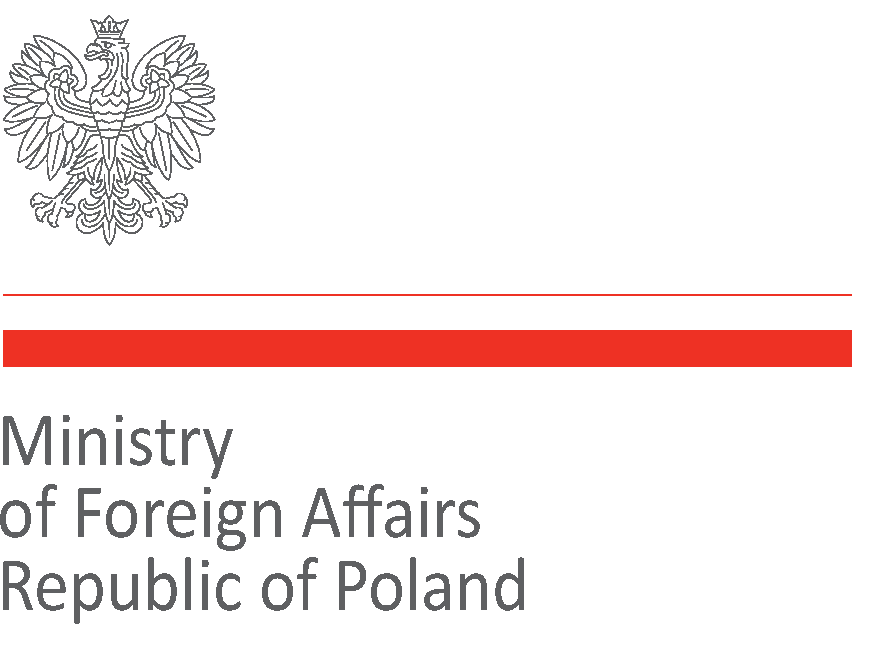He was educated at schools in Szczebrzeszyn, Lublin, and Kielce, and studied agriculture at the Institute of Agronomy in Marymont (1856-1860). Suspicious of the Polish insurrection tradition, he left for Dresden when the January Uprising began. Then he lived in Galicia – for instance, in Kraków and Lviv – eventually to settle down at the Kalinów estate. He married a music lover with literary inclinations - Anna nee Mycielski. In this way he entered a well-known family and had Count Franciszek Mycielski for a brother-in-law. Involved in local self-government problems, Lisicki also wrote for “Dziennik Poznański”, “Czas”, “Unia”, “Kwartalnik Historyczny”, or “Przegląd Polski”. As an associate of “Przegląd Historyczny”, he took up his own research, trying, at the same time, to ground and strengthen his beliefs. He was particularly interested in the late 18th, and 19th century. He analysed the reasons for the decline of the Polish State, the policies of the three partitioning powers and Polish attitudes in the period of partitions. He published, among others, Królestwo Polskie w ostatnim lat dziesiątku (1870-1871), Błędy cesarstwa i jego spadkobierców (1871-1872), Klemens książę Metternich (1884), Alfred Książę Windisch-Graetz. Feldmarszałek austriacki (1887), Polityka Austryi podczas trzeciego rozbioru Polski (1891), Skrzynecki i Prądzyński (1891), Napoleon III i Włochy (1892), and Talleyrand (1892). His principal work was, however, one of the most important 19th-century monographs of Count Aleksander Wielopolski (1878-1879), in which he quite consistently defended that politician’s attitude. He pointed out the reasonableness of his policies, criticizing unsparingly, instead, the contemporary Poles, whose actions he perceived as extravagant and unreasonable. He also discussed the anti-Polish terror during the January Uprising at length. He used strong language, too; for instance, he described the insurrection regime as ‘abominable confusion, insubordination of youth, women, and rabble’. Such views brought him closer to Conservative historians such as Julian Klaczko, Stanisław Koźmian, Walerian Kalinka, or Stanisław Tarnowski, with whom he had collaborated, for example, as a member of the Polish Academy of Arts and Sciences since 1891. He died of tuberculosis on the 12th of February, 1899.
